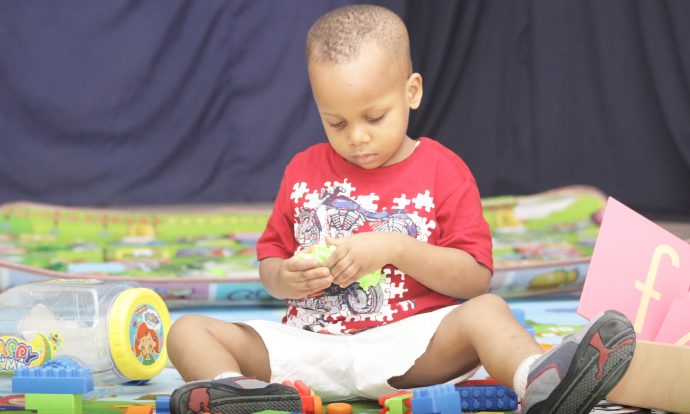Drawing plays a big role in our cognitive development. It can help us learn to write and think creatively, develop hand-eye co-ordination, hone analytic skills, and conceptualise ideas.
But drawing is rarely used as a tool for learning in schools. Generally, most high school teachers aren’t trained in visual education. Drawing is not something that should be confined to art lessons – it’s a skill that can play a role in many different subject areas in school education, and later on in the workplace.
For high school students, drawing can be incorporated into learning in many ways, including visual mapping, reflective thinking, organising and presenting information, and a way of communication that can transcend language barriers. But the transition from primary to high school often brings out insecurities in one’s drawing ability. This means students can be reluctant to use drawing as a way of organizing their thoughts .
Here’s why drawing is so important, and why kids should be taught the skill in school.
How children learn to draw:
Drawings are external representations of your thinking – and when you were little you were doing this all the time. When people say they can’t draw, what they actually mean is they can’t draw something exactly as it looks. But, like any skill, drawing must be trained.
It is widely believed that there are six stages to drawing. These include:
Scribbling stage (2-4 years):
Children go through a process of understanding that their physical actions can dictate the marks they make. Initially this is random scribble (kineasthetic activity), but develops to a more controlled activity.
Pre-schematic stage (4-7 years):
Children begin to use shapes and symbols to explore relationships and their environment.
Schematic stage (7-9 years):
Children develop a “schema”, or consistent way of portraying an object or person or environment. These images generally exhibit their knowledge of something.
Realistic stage (9-12 years):
Children begin to focus on detail and realistic features in their drawings. They are conscious of their peers and the level of detail in their drawings.
Pseudo-naturalistic stage (12-14 years):
Children begin to focus on the final product, on whether the image looks good and is pleasing to peers and parents. They begin to have an understanding of three-dimensional space in their drawings. Students can often be displeased with the outcome.
Crisis of adolescence/ artistic decision (14-17 years):
In the adolescent stage, a conscious decision must be made to continue drawing and engaging in visual thinking. Images created become highly individualised.
How drawing can help you think creatively:
Drawing is used in many fields like medicine to teach observation skills in diagnosis, in anthropology as a method of taking field notes, in science to document experiments and processes, in design to conceptualise ideas, in architecture to map out and spatialise buildings, and in technology to develop prototypes.
Francis Wells, a cardiothoracic surgeon, does drawings in order to map out his surgery procedure, even to the extent of drawing with patient blood during the surgery (as seen below).





